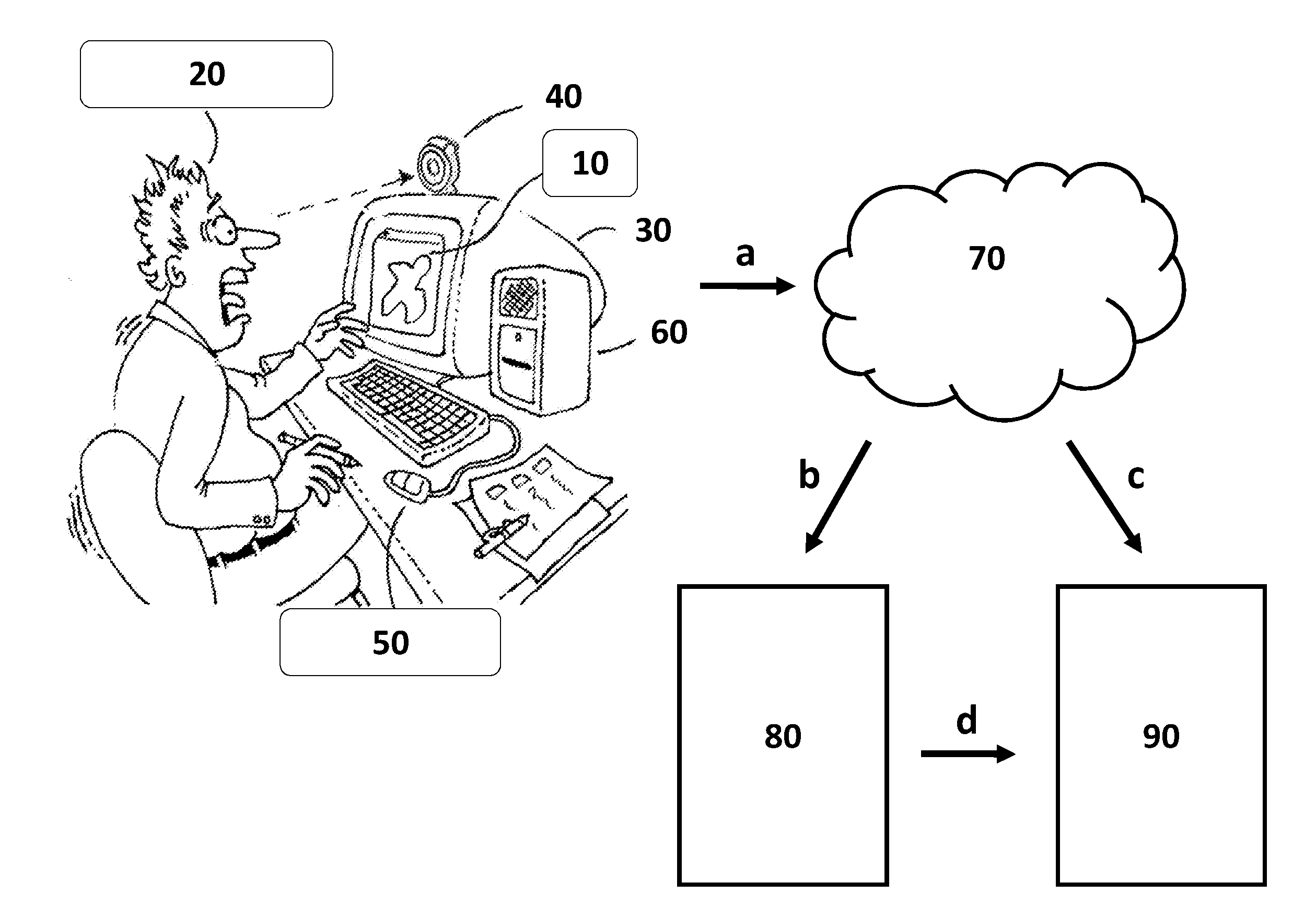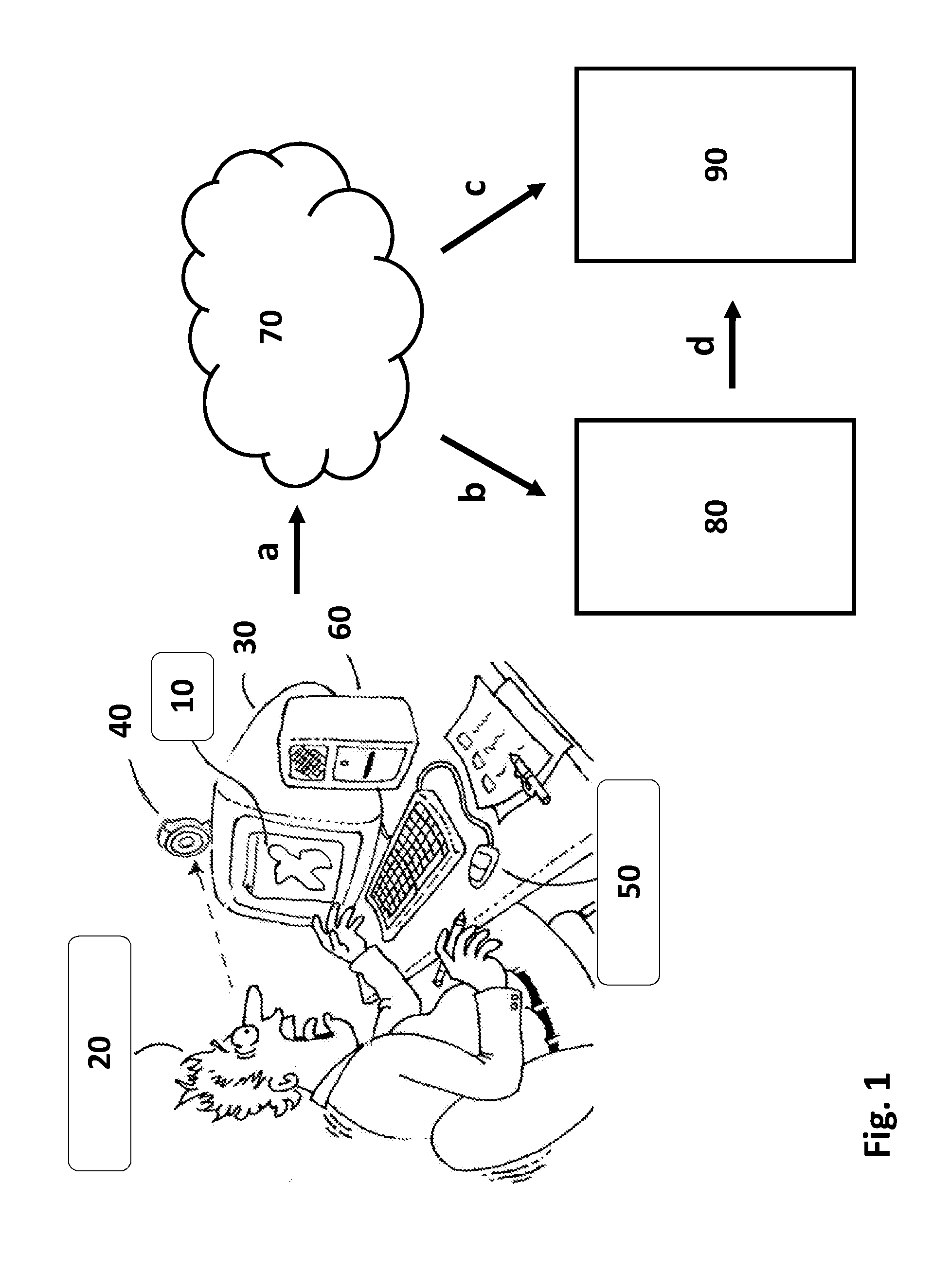Advertising and particularly consumer advertising, although a multi-billion dollar industry in the United States alone is an area wherein workers find it extremely difficult to create and reproduce what prove to be consistently successful advertising campaigns.
While it is often easy to predict that the response to a particular proposed advertisement or campaign will be unfavorable, it is not known how to assure success on a consistent basis.
Accordingly, it is common to find that long after decisions are made and expenditures incurred, that such efforts have simply not been successful, in that the advertisement or campaign failed to produce sales in amounts proportionate to the expenditure of effort and money.
Decision-making without the influence of emotions is not possible.
Despite these latest advancements in our understanding of emotions on consumer
decision making, few companies have come close to exploiting emotions in the design of new products, marketing material or advertising campaigns.
If emotions can not be measured and analyzed in a comparable way, they can not be managed.
An important issue when studying emotions is how to measure and interpret them.
Although the importance of emotions in determining consumer behavior is now understood, there are few objective methods to collect and analyze such emotional responses.
The few methods, that do exist, have been borrowed from medical or physiological fields and are not specifically adapted to meet the needs of today's marketing practitioners.
Although commonly used due to the low costs of acquiring the response data, self-report is difficult to apply to measuring emotions since emotions are often unconscious or simply hard to define causing bias to the reported emotions.
They involve a long
list of emotion adjectives and the rating can cause fatigue in the respondents which can damage the reliability.
Furthermore self-report involves cognitive
processing, which may distort the original emotional reaction.
However most autonomic measures are conducted in a laboratory setting, which it is often criticized for, since it is considered out of social context.
The main limitations of these methods are 1) they must be conducted in a laboratory setting with specific equipment 2) they requirements specialized skills not commonly available to market researchers to interpret the data 3) respondents are highly affected by the fact that they know they are being measured (physical contact of sensors) and therefore try to control
muscle reactions (Bolls, Lang and Potter, 2001) 4) only a single metric is used to assess the
impact of emotion on the presented stimulus, thus limiting the usefulness of the metric, and in the case of EMG it is nearly always impossible to reliability aggregate the results when measures are combined or averaged across a sample of consumers as different individuals have different baseline levels of activity that can bias such aggregation.
However this method requires a lot of experience and sensitive equipment.
Another problem with using EDR are the individual variation and situational factors such as fatigue, medication etc, which makes it hard to know what you are measuring.
However the method is extremely expensive, it requires expert knowledge and has severe technological limitations for experimental designs.
Furthermore knowledge within
neuroscience is still relatively young and therefore the complexity of the problems investigated must be relatively simple.
The use in consumer research is so far relatively limited and thus are the examples of use related to measurement of emotions in consumer research.
While prior art shows precise tools measuring physiological activities using methods such as facial
electromyography (EMG), galvanic
skin response (EDR) or neurological activity like fMRI-scanning used in consumer research, they are however have has significant limitations.
They are impractical and very expensive if adapted to studies that demand large samples.
The cost is high and the time carrying out these types of experiments is quite long.
They also limit the ability to generalize conclusions from a statistical viewpoint as they are in most case only applied to small samples.
 Login to View More
Login to View More  Login to View More
Login to View More 


